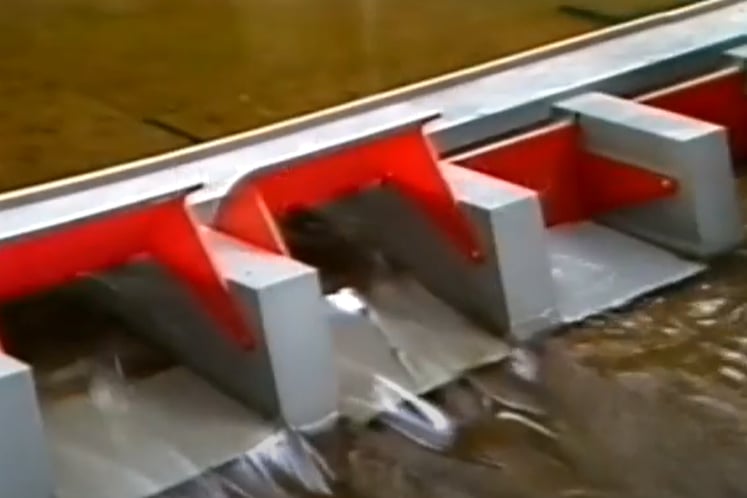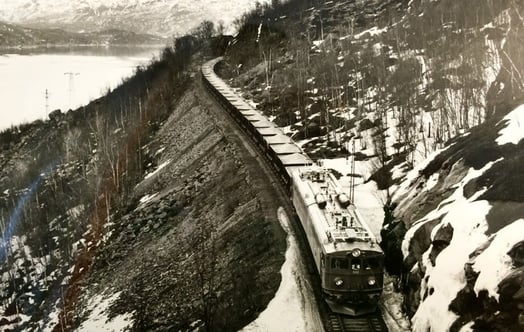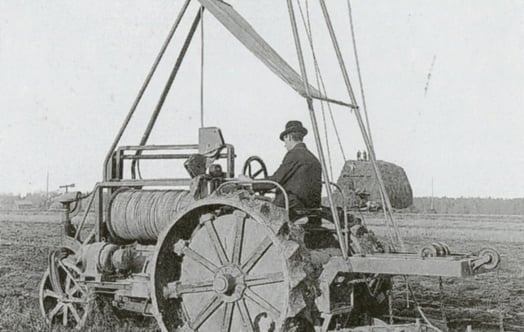How to pay for electricity?
The attitude of electricity customers to electricity supply has changed from having been a momentous life-changing event when electrification began, to becoming a matter of course when you press a button. But for a long time electricity bills were difficult and obscure documents that created great frustration. With today's technology, bills have become easier to understand, but there is still scope for improvement.
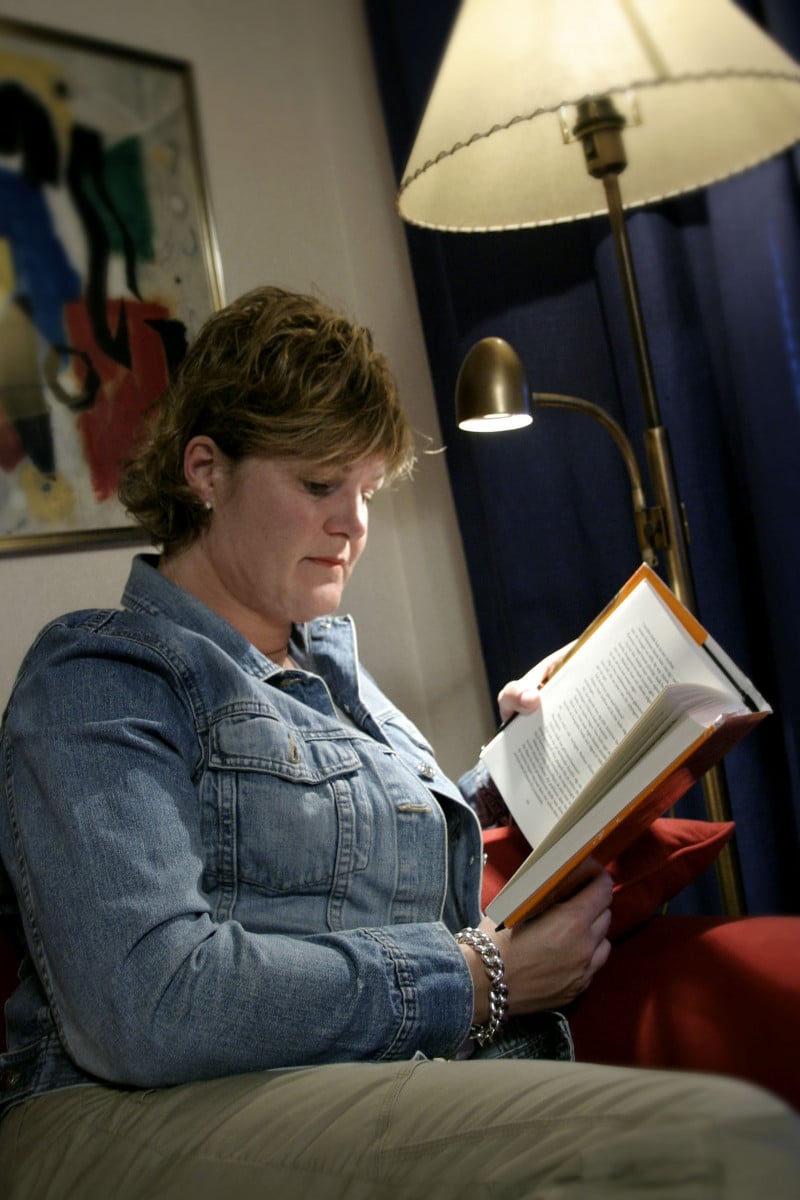
Electricity in the home. Year: 2004 | Place: - | Creator: Hans Blomberg | ID: VF000205
When Thomas Alva Edison started supplying electricity in Manhattan in 1882, he charged for every light a customer had in their home. That was simple and easy to understand. There were similar solutions in Sweden. But when electricity began to be used for other purposes, things got a little trickier. In the 1920s, Vattenfall introduced a community tariff that had different elements depending on the area of cultivated land, installed power capacity and the number of lamps. For larger customers, more advanced tariffs were gradually introduced. The formation of the tariffs was a major and important issue for all electricity companies. Proof of their importance and complexity is shown by the fact that Svenska Elverksföreningen (the Swedish Association of Electricity Supply Undertakings) compiled a report on the principles of electricity tariffs in 24 countries in 1978.
Unique control of the electricity price level
Before deregulation of the electricity market in 1996, distribution and sale of electricity was a monopoly. There was a risk, therefore, that an electricity supplier could seek to charge the highest possible price. For that reason, several countries implemented state regulation of electricity prices. But Vattenfall was not governed by the aim of maximum profit. The ambition of the owner, the Swedish state, was rather for Vattenfall to supply electricity at the lowest possible cost while meeting the profitability requirement. Vattenfall's tariffs therefore in practice came to constitute a ceiling no electricity seller, more than marginally, dared to exceed for fear of the customer response. This form of indirect government control of the electricity price was unbureaucratic and unique in an international perspective.
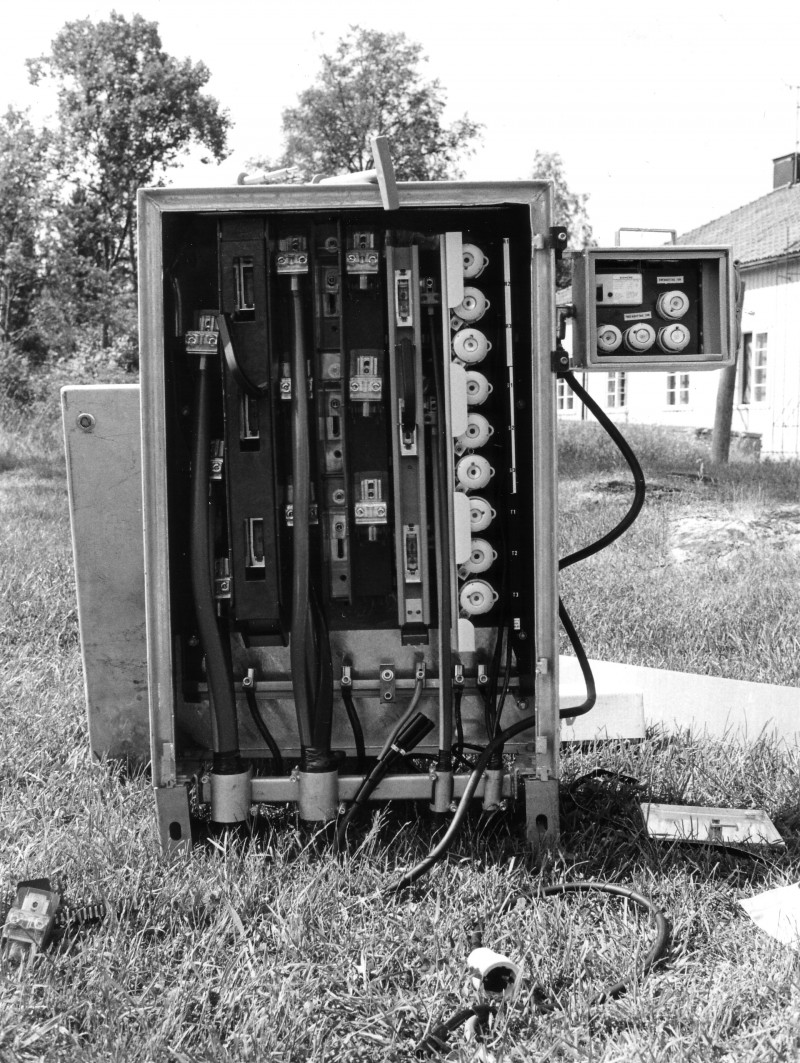
Cable cabinet in Bjurfors. Year: 1980 | Place: Bjurfors | Creator: Vattenfall | ID: VF000207
As a result, Vattenfall had a strong influence on the electricity price level in Sweden from early on. This role was accentuated during the interwar period when coordination of the country's various power systems intensified. After this period, Vattenfall was virtually the price leader for high-voltage tariffs, i.e. those applicable to the supply of electricity to large customers.
Following deregulation in 1996, pricing is organised in a completely different way. Electricity prices are competitive and unregulated, while the cost of the grid, still a monopoly, is monitored by authorities, presently Energimarknadsinspektionen (the Swedish Energy Markets Inspectorate).
Sweden at the forefront of modern metering
In order to charge for electricity, you need to be able to measure it. Mechanical meters have been in use since the early 1900s. These are very robust, but are becoming increasingly obsolete. They need to be read manually once a year, a costly process. In the US, for instance, it was even more costly, as meters were read once a month. This forced a move towards electronic meters that could also be read centrally.
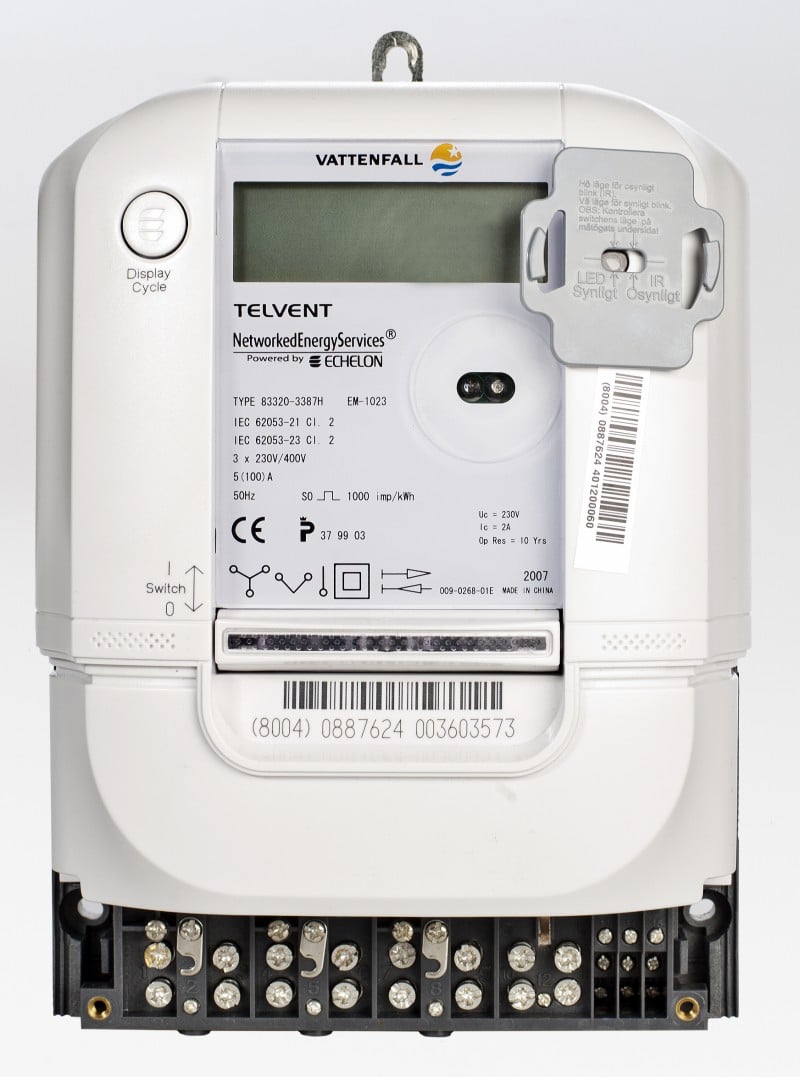
Modern electricity meter. Energywatch helps people understand what it is in their home that use the most electricity. They can view and analyze their electricity consumption live from any computer or from their mobile phone via an app. Year: 2012 | Place: - | Creator: Liza Simonsson | ID: VF000209
The meter issue became a hot topic with electricity market deregulation in 1996. How would companies get paid now? In the first few years, small customers who wanted to change supplier had to pay SEK 2,500 for a meter that could register electricity consumption hour by hour. This was considered justified so each electricity supplier could get a clear indication of what its customers consumed. Of course, this high cost for the customer did not stimulate competition. Therefore, on 1 November 1999, the requirement for hourly measurement for small customers was abolished, and instead the bill settlement was based on the pattern of consumption of various customer categories.
But meters that had to be read on site once a year still dominated. The result was incomprehensible bills with preliminary estimates of electricity consumption. In order to make it possible for customers to understand their electricity usage, therefore, a law was introduced in the early 2000s that stated that customers should be informed on their consumption on a monthly basis by 1 July 2009 at the latest. The result was rapid technical development that now made Sweden one of the few countries in the world with remotely read electricity meters for all customers. Vattenfall's customers also got their new electric meters long before the deadline of 2009. And from 2012, customers who buy their electricity on an hourly basis can request meters with hourly metering free of charge.
Video player requires marketing cookies.
To view this content please click here to allow marketing cookies.
Pricing policy in 1987 (in Swedish)

